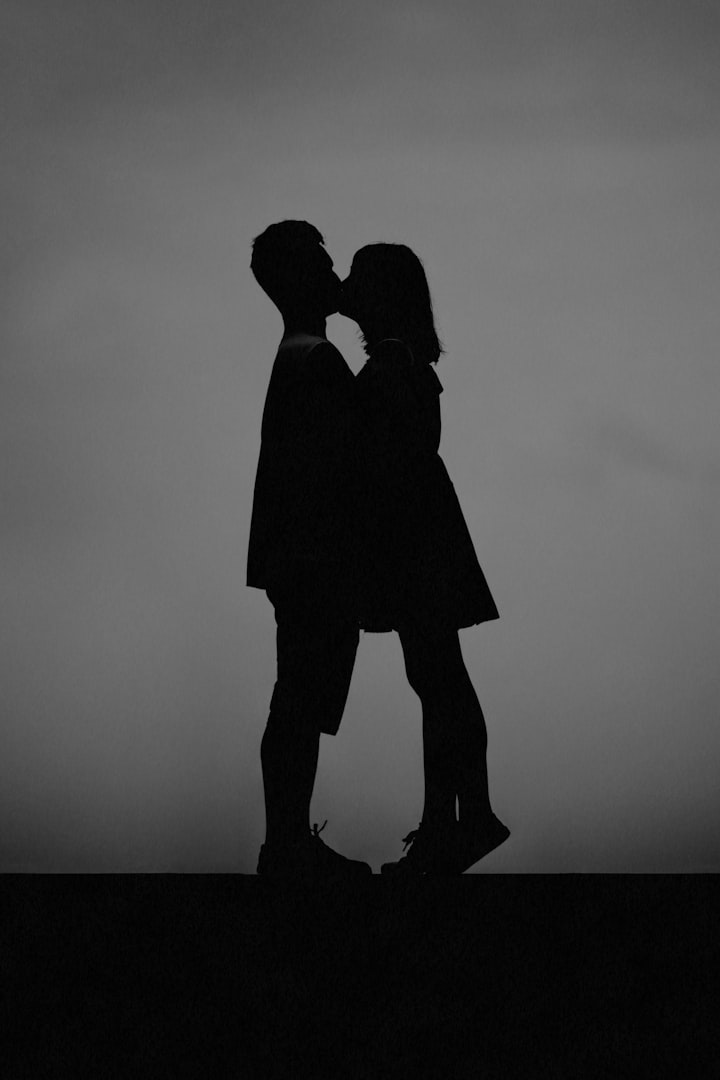The Romantic era
The Romantic era, which spanned from the late eighteenth to the mid-nineteenth century.
Romantic thinkers sought to delve deeper into the essence of love, nature, and imagination during a time that witnessed significant shifts in artistic expression and a resurgence of the human spirit. In this article, we will explore the core ideas of Romanticism, its leading figures, and its enduring impact on culture and art.
The Essence of Romanticism
The Age of Enlightenment, which emphasized reason, logic, and scientific inquiry, paved the way for Romanticism.
On the other hand, Romantic thinkers were driven by emotions, individuality, and a strong connection with nature. Romanticism was essentially an exploration of the human experience, both its glory and its flaws.
The celebration of love was one of Romanticism's main themes. It was believed that human creativity and action are inspired by love. Beyond romantic love, this love encompassed a deep appreciation for love of nature, love of people, and even love of oneself. Romantics believed that individuals could connect with their deeper, more authentic selves through love.
Romanticism also placed great emphasis on nature. Romantics believed that nature was a source of inspiration and a window into the soul of mankind. They found peace, beauty, and a profound connection with the divine in nature. The vast, untamed landscapes and ever-changing weather conditions were used as metaphors for the human experience, with the raging seas representing the intense emotions that exist within the heart.
Another fundamental aspect of Romanticism was imagination. The ability of the imagination to transcend reality and create new worlds was highly valued by Romantic thinkers. They believed that by using their imaginations, they could transcend societal boundaries and connect with the fantastical, mystical, and magical. It represented a rejection of the rational, cold world of the Enlightenment for the irrational, nostalgic, and imaginary.
Key Figures of Romanticism
There were numerous great authors, artists, and thinkers who supported the Romantic movement during this time. These individuals had a lasting impact on history and continue to inspire artists today.
William Wordsworth (1770-1850): Wordsworth was a leading figure in Romantic poetry, and his verse celebrated the beauty of nature and its profound impact on the human soul. He co-authored "Lyrical Ballads" (1798) with Samuel Taylor Coleridge, which is often cited as a significant text in the Romantic literary canon.
John Keats (1795-1821): Keats is well-known for his exquisite odes, which explore themes of beauty, mortality, and the transformative power of art. His most famous works include "Ode to a Nightingale" and "Ode on a Grecian Urn."
Percy Bysshe Shelley (1792-1822): Shelley was a bold advocate for social and political change. He frequently wrote about themes of human freedom and the enduring strength of the human spirit in his works, such as "Ozymandias" and "Prometheus Unbound."
Lord Byron (1788-1824): Sentiment and a sense of the melancholy and subversive were present in Byron's poetry. He rose to prominence in the Romantic literary scene with his narrative poem "Childe Harold's Pilgrimage."
Mary Shelley (1797-1851): Mary Shelley, the author of "Frankenstein," explored issues related to science, morality, and the effects of human hubris. Her book serves as a powerful example of how Romanticism permeated science fiction.
Caspar David Friedrich (1774-1840): Friedrich, a German Romantic painter renowned for his sublime landscapes, captured the vastness and spirituality of nature in pieces like "Wanderer above the Sea of Fog."
Johann Wolfgang von Goethe (1749-1832): Goethe's later works, including "Faust," have been classified as proto-Romantic because they explore themes of individuality and the pursuit of knowledge and experience, despite often being associated with the earlier Sturm und Drang movement.
The Impact of Romanticism
Romanticism's influence has endured well beyond the nineteenth century. This artistic and philosophical movement had a lasting impact on the literature, fine arts, and culture that followed. Here are some significant fields where Romanticism made an impact:
Literature: The Romantic period paved the way for numerous literary movements. The Gothic novel was influenced by Romanticism, with Mary Shelley's "Frankenstein" serving as a prominent example. The Romantic tradition is also evident in later American writers like Nathaniel Hawthorne and Edgar Allan Poe.
Visual Arts: Romanticism had a profound impact on the visual arts. Romantic painters sought to capture the sublime and evoke deep emotions through their depictions of nature and human experience.
Music: Romantic composers, such as Ludwig van Beethoven and Frederic Chopin, revolutionized the world of classical music with their passionate and expressive compositions.
Philosophy: Romanticism brought a renewed emphasis on the individual, emotions, and the spiritual aspects of life. Philosophers like Friedrich Schelling and Søren Kierkegaard explored these ideas in their works.
It is clear that Romanticism left an indelible mark on the cultural landscape, shaping artistic movements and influencing the way we perceive the world around us. Its exploration of love, nature, imagination, and the human experience continues to resonate with audiences today.
About the Creator
harunur roshid
I am harun so exitet Vocal site. I love to earn online.







Comments (1)
my airtical accepted